Note:
It is advisable to check the oil level before each trip or at least once a week. The more often you check the oil level in the Nissan X-Trail engine, the sooner you will be able to notice an abnormal increase in oil consumption, which will allow you to identify and fix the problem in time.
Checking the oil level in a Nissan X-Trail engine
1. Park the vehicle on a level, level surface. Shut off the engine and wait 5-10 minutes until the oil drains into the oil sump.
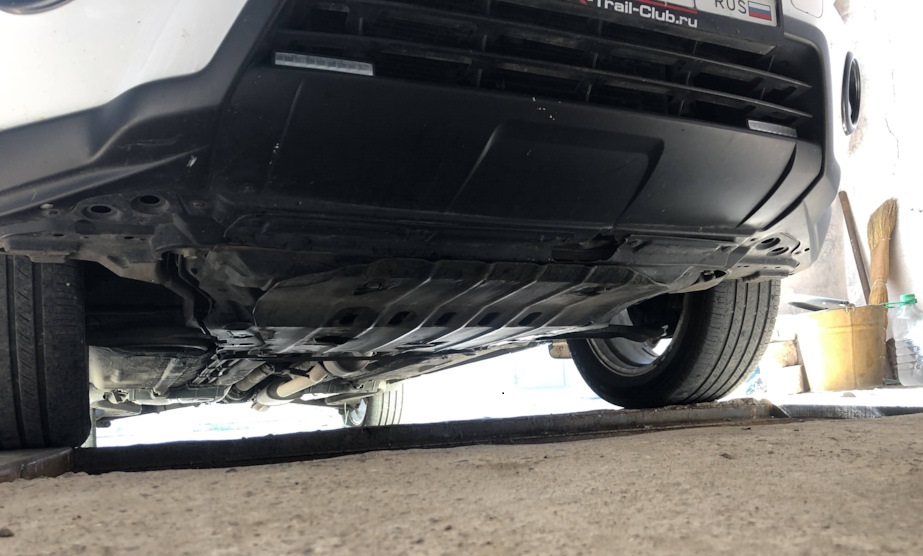
2. Open the hood and place it on the stop. Inspect the underhood space. The oil filler neck on the 2.0L Nissan X-Trail engine is located to the left of the engine trim (when standing in front of the car). The oil level indicator (oil dipstick) is installed in the bore of the cylinder block.

The oil filler neck on the 2.5L Nissan X-Trail engine is located in the hole in the engine trim.
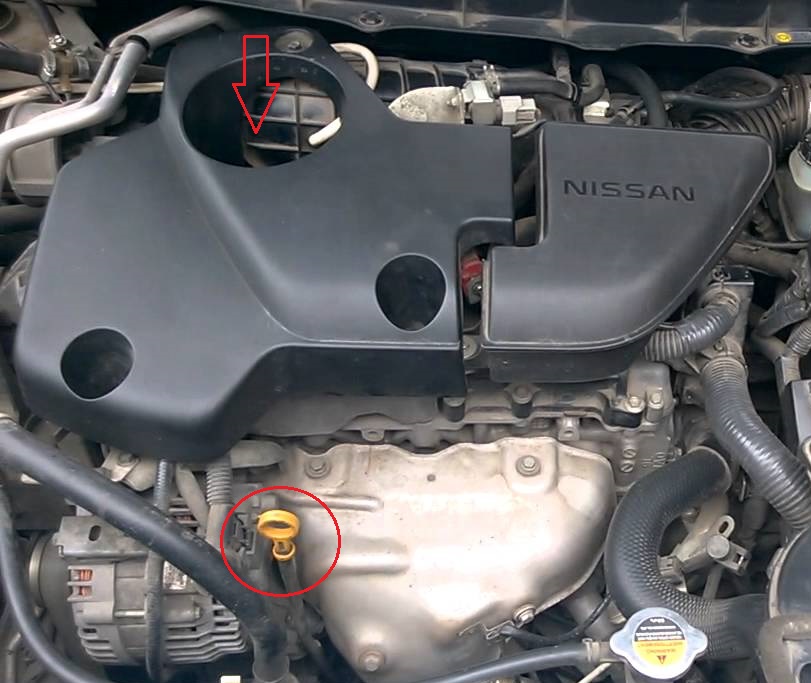
3. Pull out the dipstick.
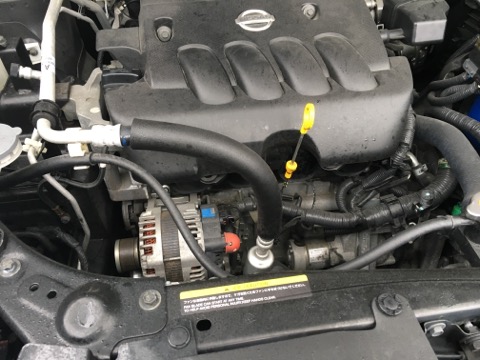
4. Wipe it with a clean cloth.
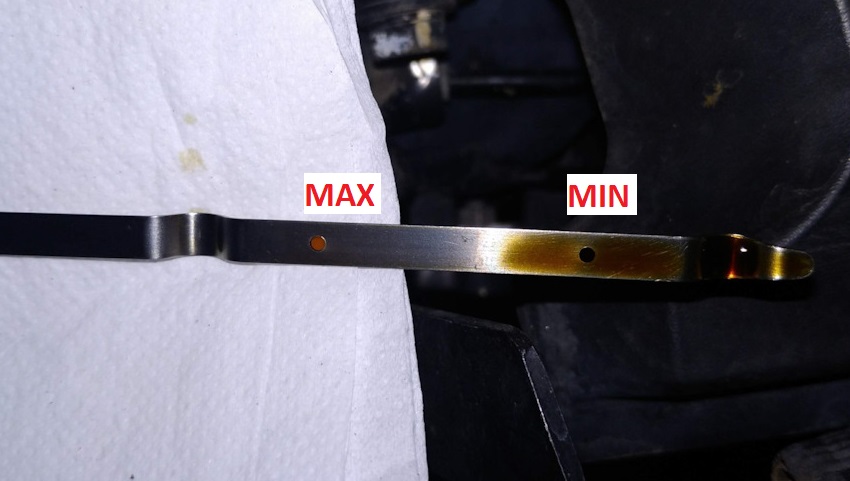
5. Insert the oil dipstick back until it stops and pull it out again.
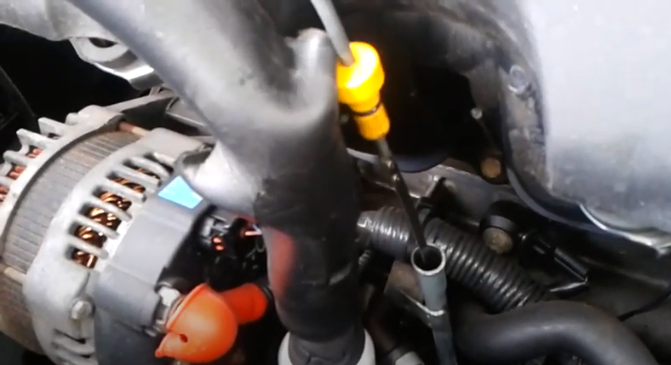
6. The oil level on the Nissan X-Trail dipstick should be between the "MAX" and "MIN" marks .
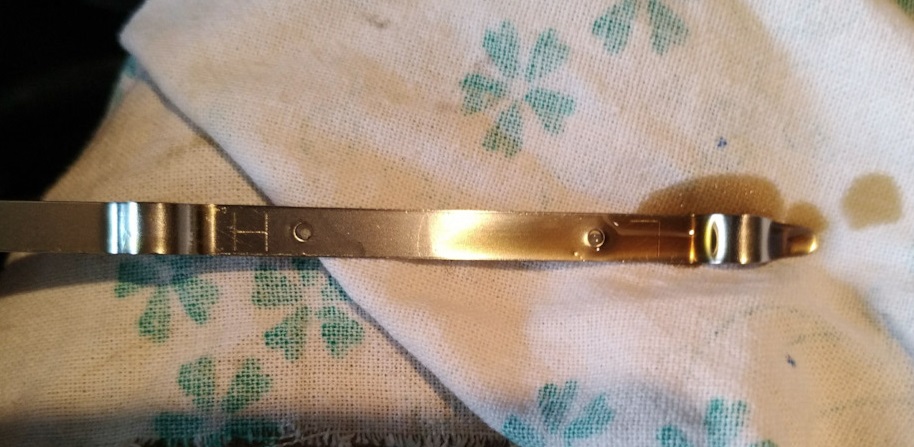
7. If the oil level is near or below the "MIN" mark, top up the engine oil.
Adding engine oil to a Nissan X-Trail engine
1. Turn the oil filler cap counterclockwise and remove it.
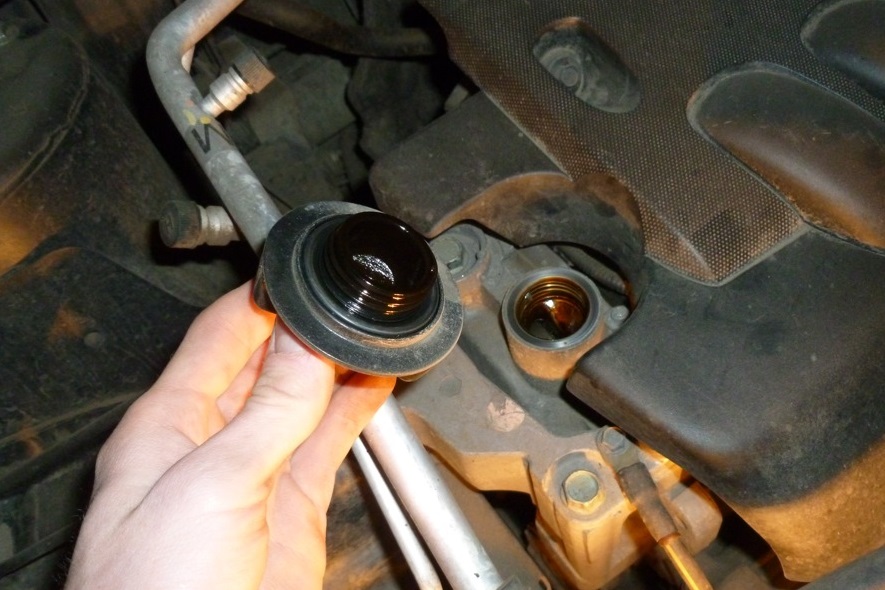
2. Insert the funnel.
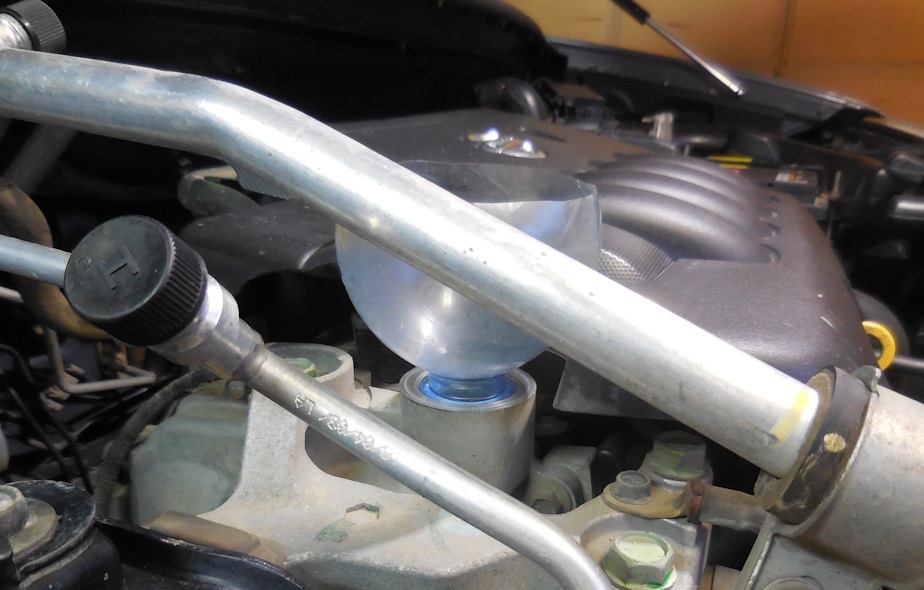
3. Add oil to the Nissan X-Trail engine, checking its level on the dipstick. Before removing the pointer, wait 2-3 minutes (to allow the oil to drain into the crankcase).
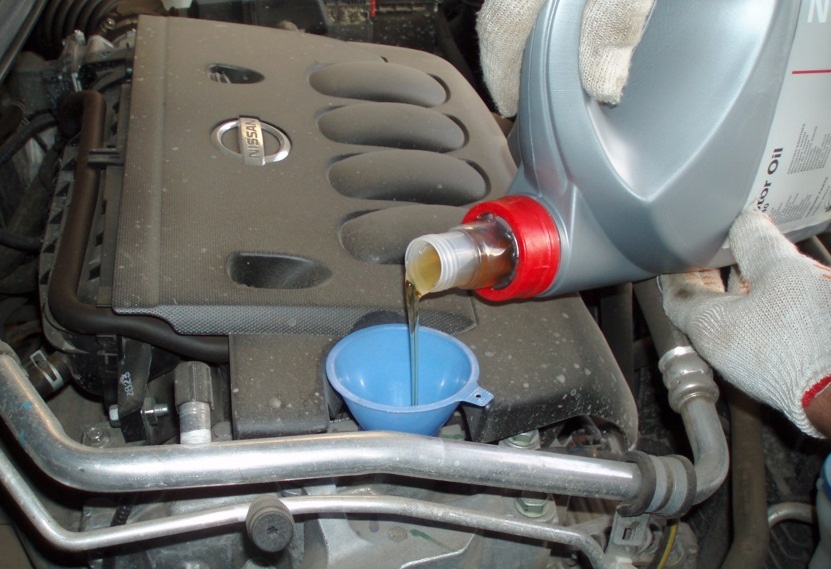
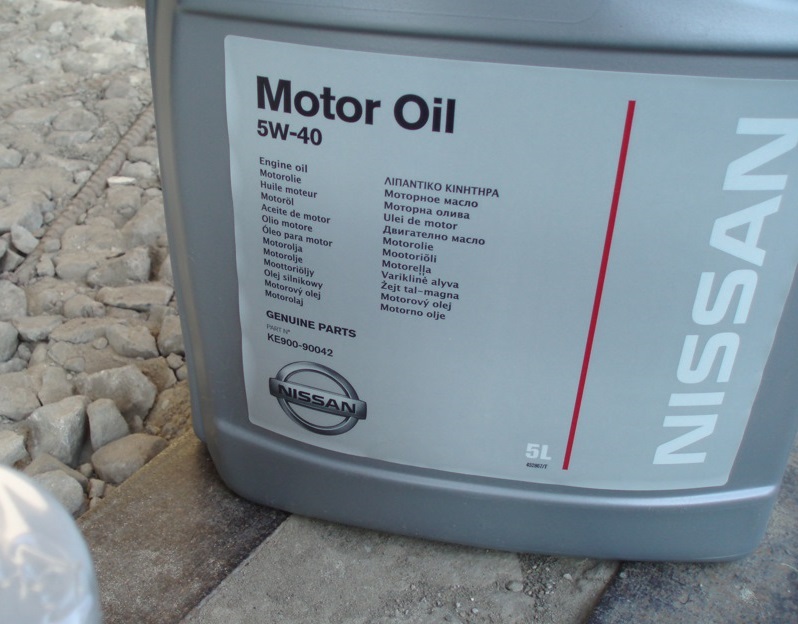
Note:
Add oil of the same quality class, viscosity and the same grade as the oil filled into the engine lubrication system.
4. After adding oil to the Nissan X-Trail engine, reinstall the dipstick.
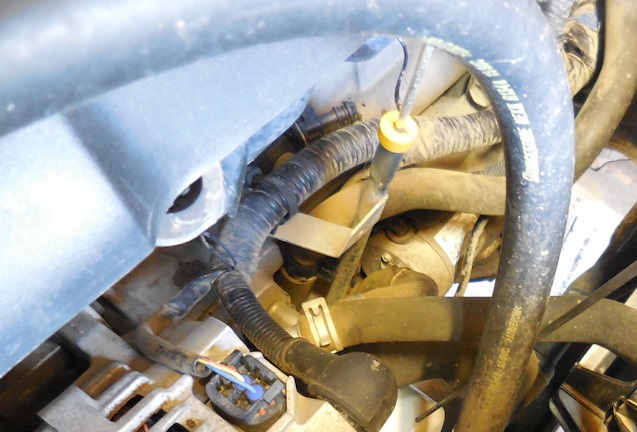
5. Screw on the oil filler cap tightly. Wipe up spilled oil with a clean cloth.
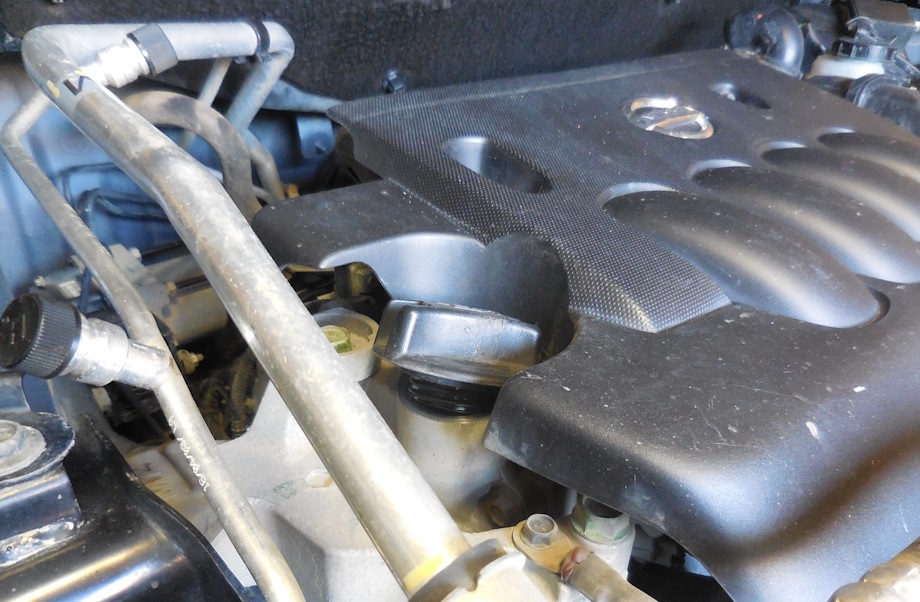
Note:
The oil level in the engine crankcase should not be higher than the maximum mark, otherwise there may be leakage through gaskets and seals, as well as increased consumption of engine fluid.
Source: carpedia.club
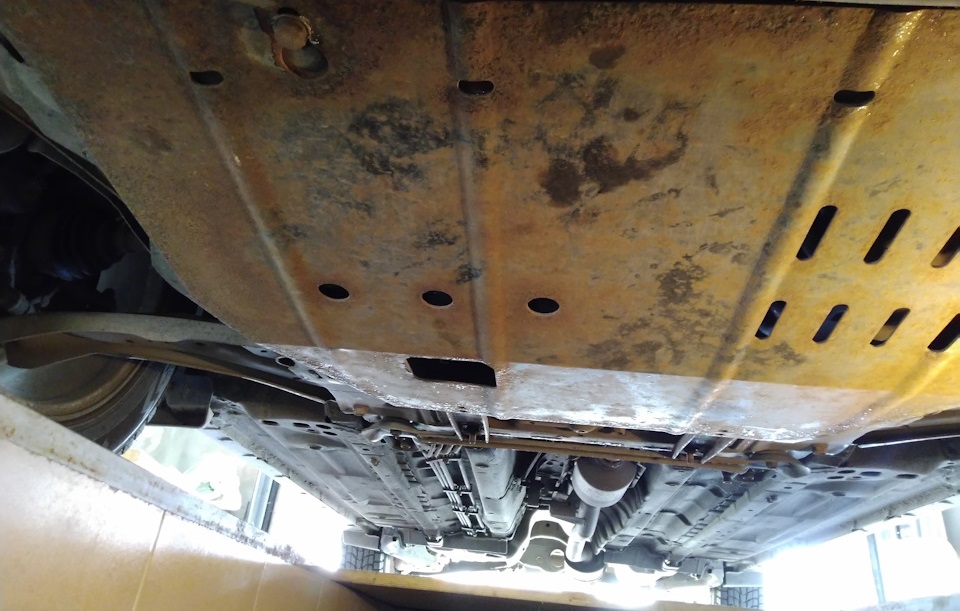
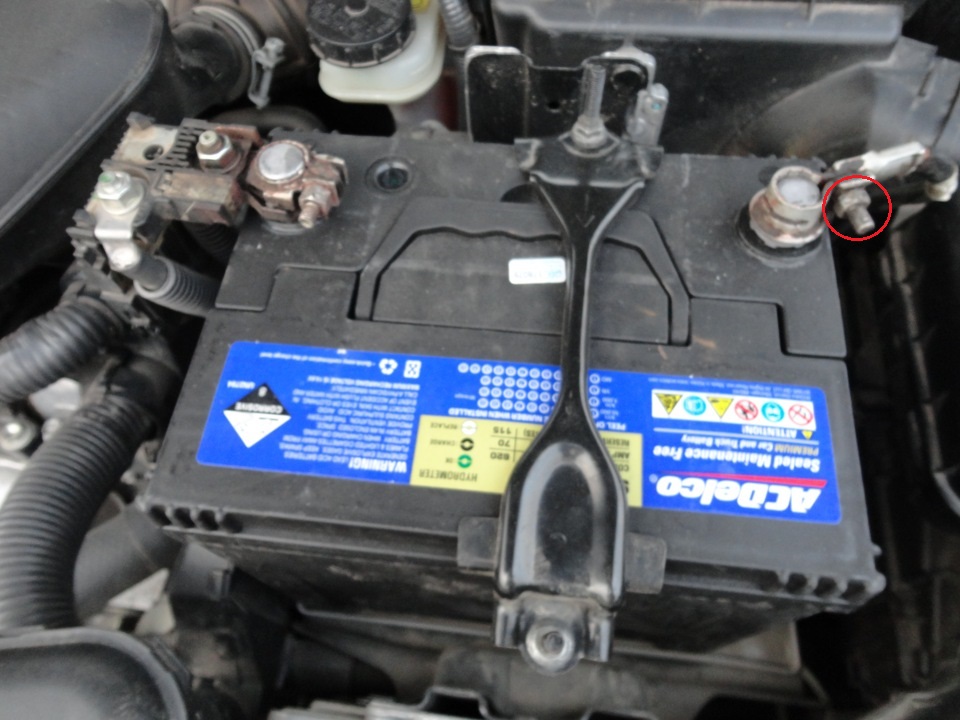
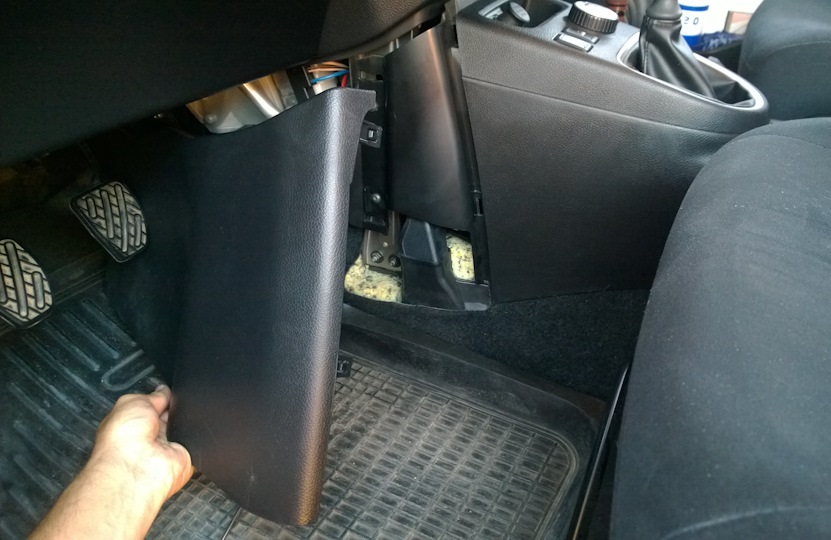



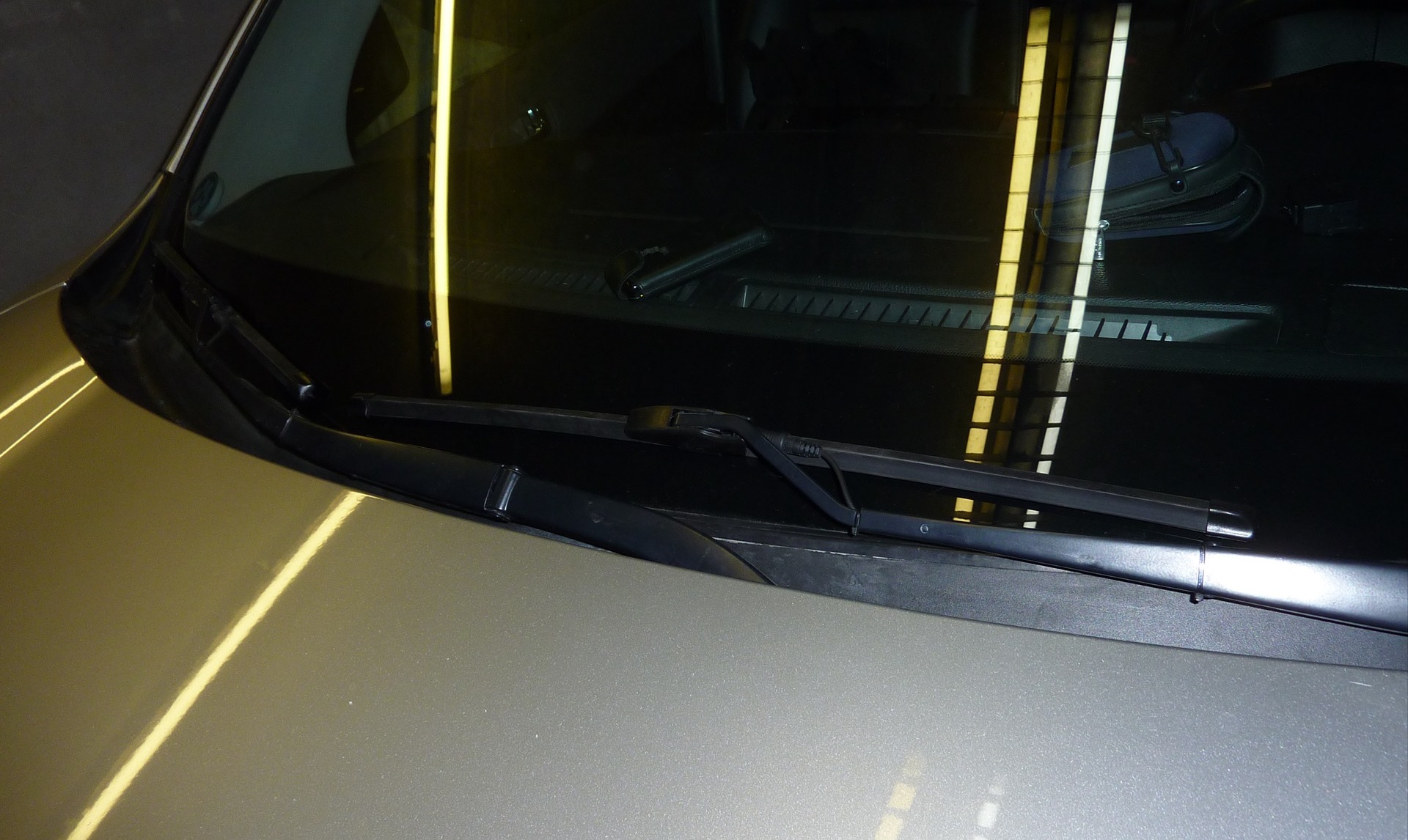
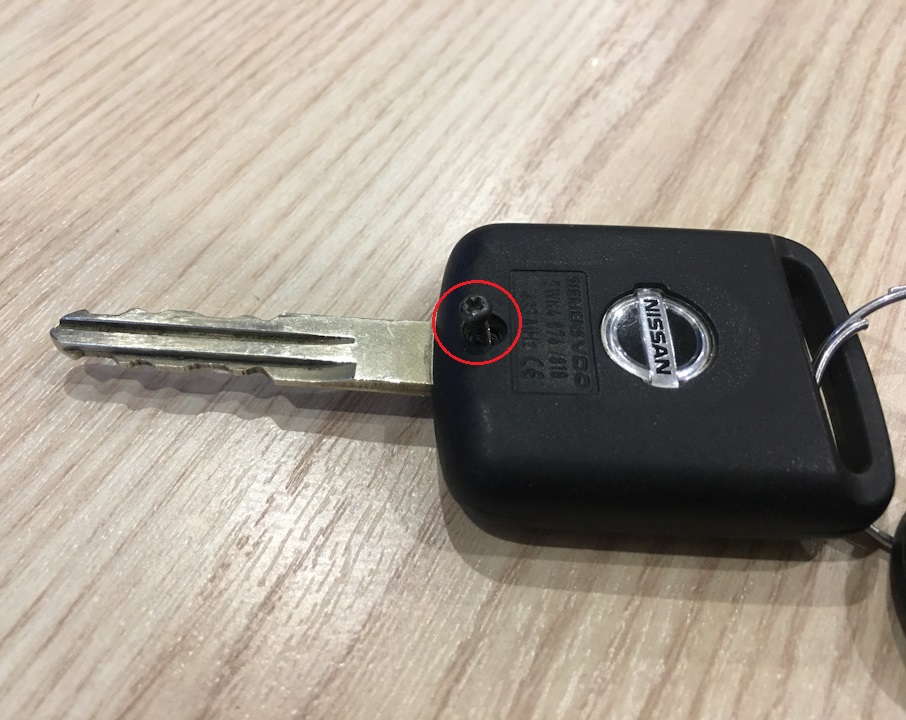

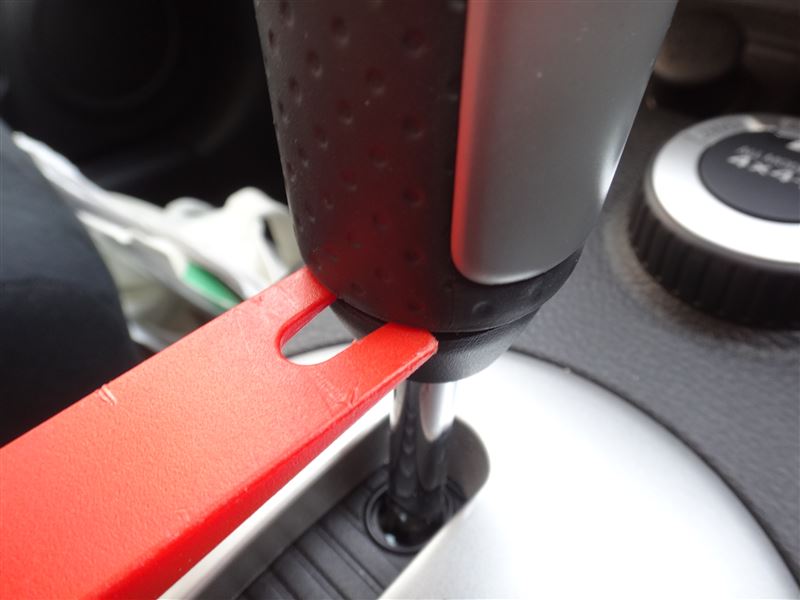
![T31 [2007 - 2011]](/uploads/-_2009.jpg)
